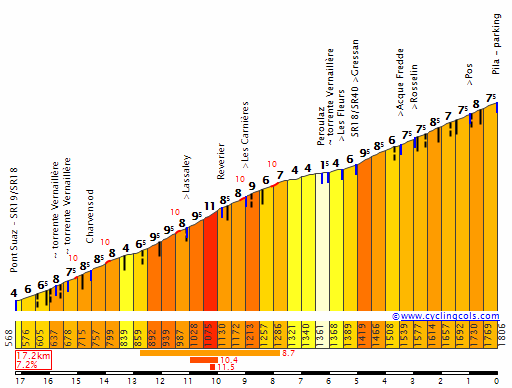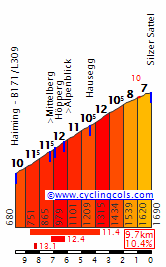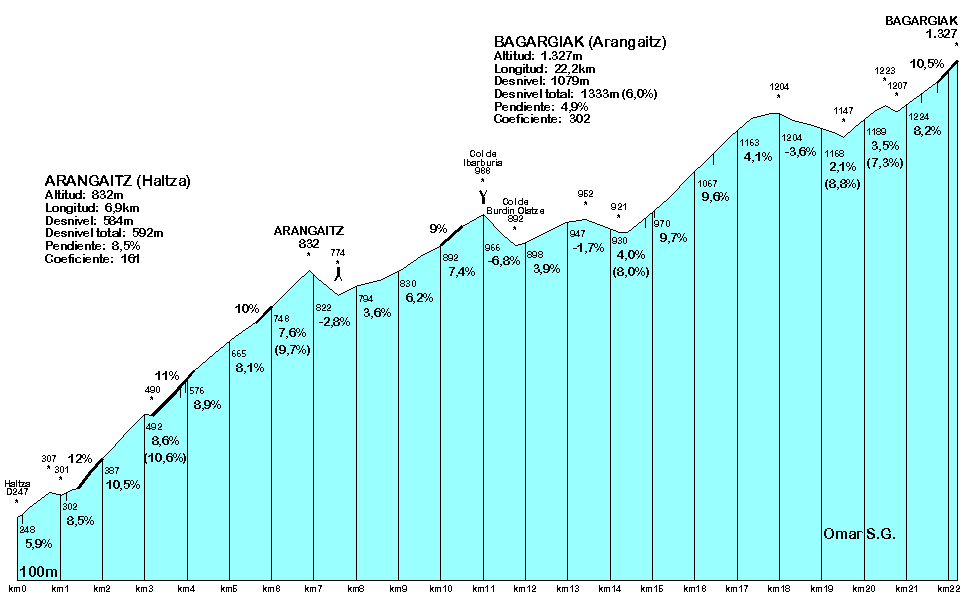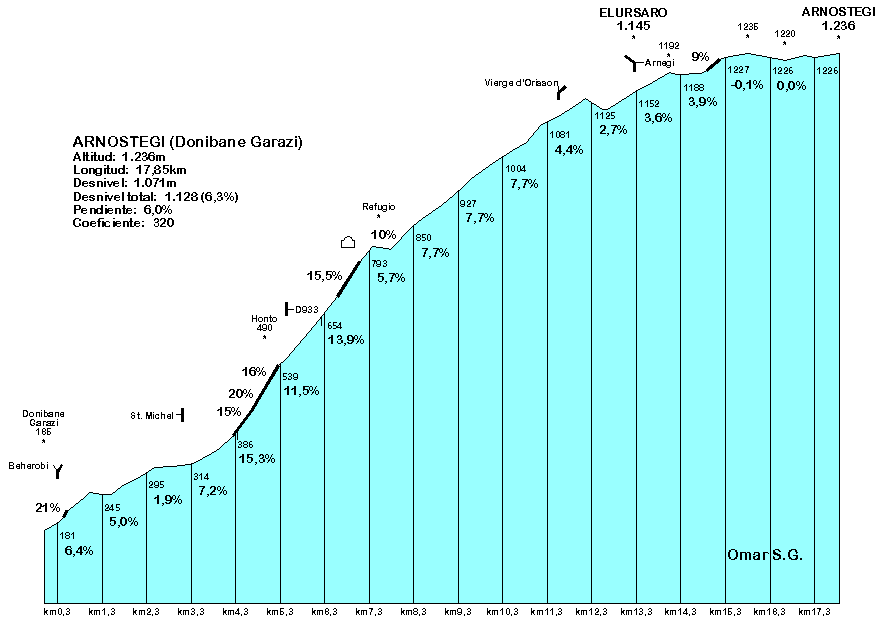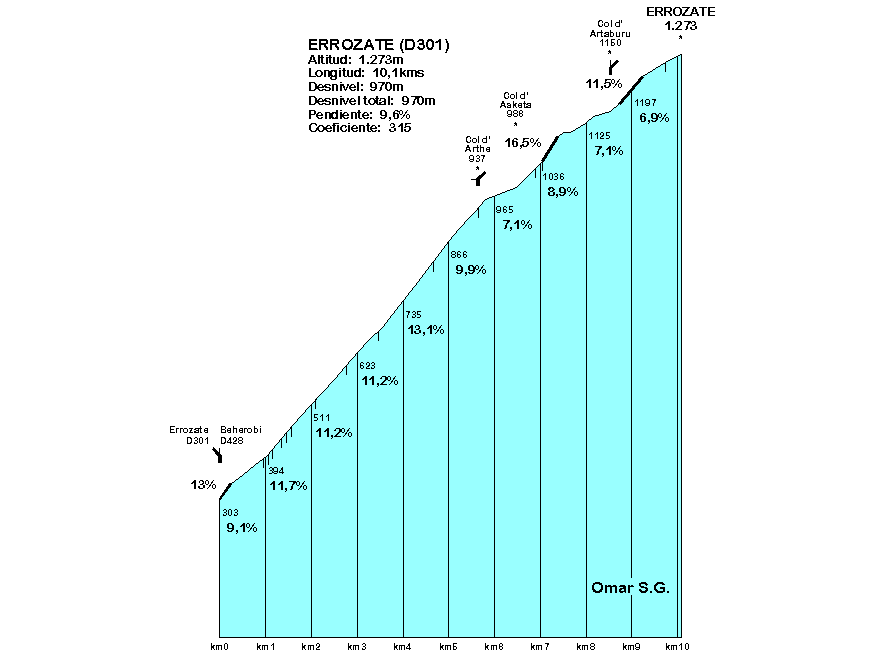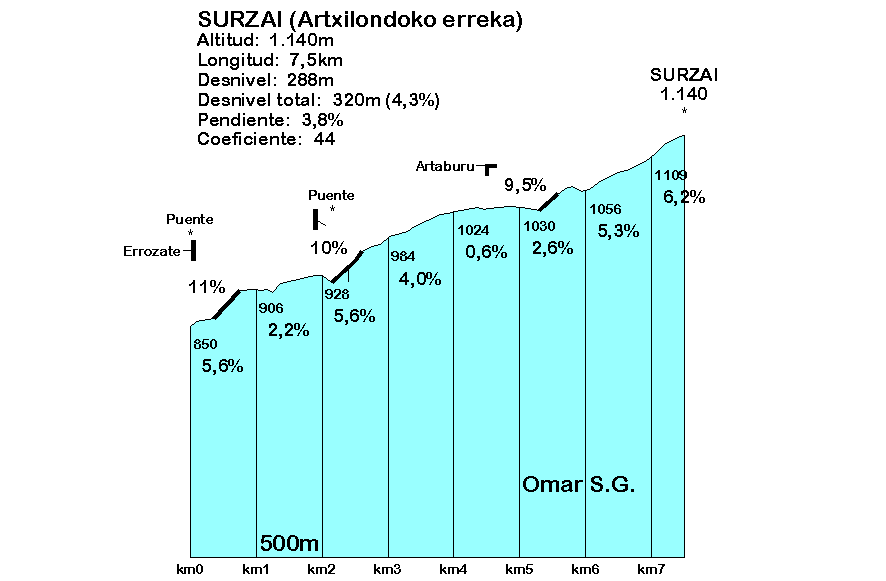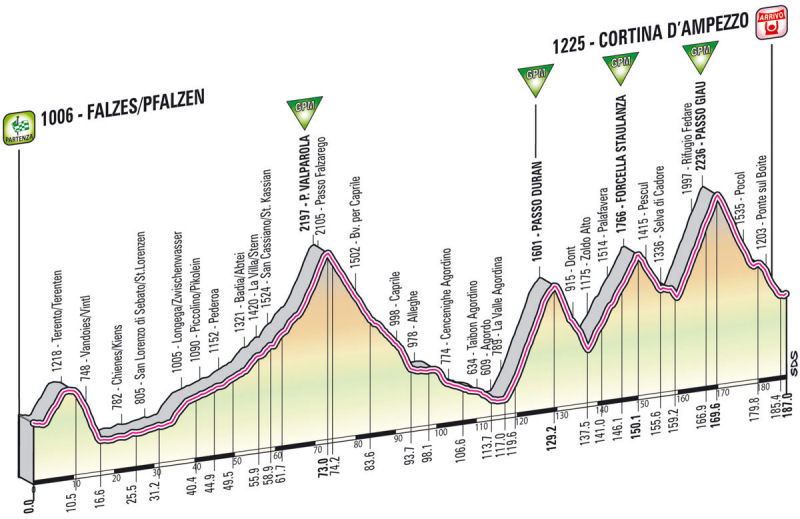Volta a Portugal
Stage 14: Feira – Arouca (176.4km)


Last stage of this Volta a Portugal and it will be a hell of stage, the last opportunity to change something in the GC. The 176.4km route is very hard and can provide a great show with long range attacks, last day will definitely not be a boring parade.
Stage starts in the city of Santa Maria da Feira, close to the castle, a place that is the scenario of some races in Portugal, like the final stage of Volta ás Terras de Santa Maria, one of the most important races for u23 riders in Portugal.

First 30km are hilly and the first climb of the day appears at 36.2km in Parque da Cabreira a cat.3 in Sever do Vouga, with some ramps at 8%. Parque da Cabreira will serve as an appetizer for the first cat.1 climb of the day in Talhadas, that will come after a steep descent of Cabreira. Talhadas is not very steep but it’s ~12km will make some damage in riders legs (unfortunately i don’t find a profile of these climbs). From the top of Talhadas there is an easier section of this stage until São Pedro do Sul. In this city hostility restarts, first with the ascent to São Félix (cat.4) and after the monster climb to São Macário, one of the hardest climbs in Portugal.

After São Macario, exists a short flat followed by a short climb to the peak of Serra da Arada and only there starts the descent São Macário, although far from the finish line can provide attacks once that after the descent there is no flat until the end. Finished the descent of Serra da Arada, immediately starts another climb, cat.2 in Senhora da Mó, where rider will found max. gradients of 15%.

After this climb there is a very short descent to the centre of Arouca and from there starts the last climb of the day to Serra da Freita, a cat.1 climb. This climb has 7% average but in several stretches we can find gradients up to 16/17% in narrow roads with a tarmarc that is harsh.


Reached the top of Freita is all the way down to Arouca to the finish line and competition.
Hope you enjoyed this ride through Portuguese roads. I will try to make the library until tomorrow night.
Stage 14: Feira – Arouca (176.4km)


Last stage of this Volta a Portugal and it will be a hell of stage, the last opportunity to change something in the GC. The 176.4km route is very hard and can provide a great show with long range attacks, last day will definitely not be a boring parade.
Stage starts in the city of Santa Maria da Feira, close to the castle, a place that is the scenario of some races in Portugal, like the final stage of Volta ás Terras de Santa Maria, one of the most important races for u23 riders in Portugal.

First 30km are hilly and the first climb of the day appears at 36.2km in Parque da Cabreira a cat.3 in Sever do Vouga, with some ramps at 8%. Parque da Cabreira will serve as an appetizer for the first cat.1 climb of the day in Talhadas, that will come after a steep descent of Cabreira. Talhadas is not very steep but it’s ~12km will make some damage in riders legs (unfortunately i don’t find a profile of these climbs). From the top of Talhadas there is an easier section of this stage until São Pedro do Sul. In this city hostility restarts, first with the ascent to São Félix (cat.4) and after the monster climb to São Macário, one of the hardest climbs in Portugal.

After São Macario, exists a short flat followed by a short climb to the peak of Serra da Arada and only there starts the descent São Macário, although far from the finish line can provide attacks once that after the descent there is no flat until the end. Finished the descent of Serra da Arada, immediately starts another climb, cat.2 in Senhora da Mó, where rider will found max. gradients of 15%.

After this climb there is a very short descent to the centre of Arouca and from there starts the last climb of the day to Serra da Freita, a cat.1 climb. This climb has 7% average but in several stretches we can find gradients up to 16/17% in narrow roads with a tarmarc that is harsh.


Reached the top of Freita is all the way down to Arouca to the finish line and competition.
Hope you enjoyed this ride through Portuguese roads. I will try to make the library until tomorrow night.




